All of you know what the Bible is, and most of you have seen one up close and personal. Perhaps you have read the full Bible, or you might even know some of the passages by heart. What you might not realize, however, is that the Bible isn’t quite what you think it is. The Book was written by many different people over hundreds of years. It has also been translated from the original books many times over.
To prove how fascinating the history of the Bible is, we have searched far and wide to find out more about the oldest Bible ever found. Before we get to that, however, we invite you to check out some of the oldest along the way:
10. The Bishop’s Bible
Publish Date: 1568
Language: English
Printer/Writer/Translator: Church of English Bishops
Discovery or Publish Location: England
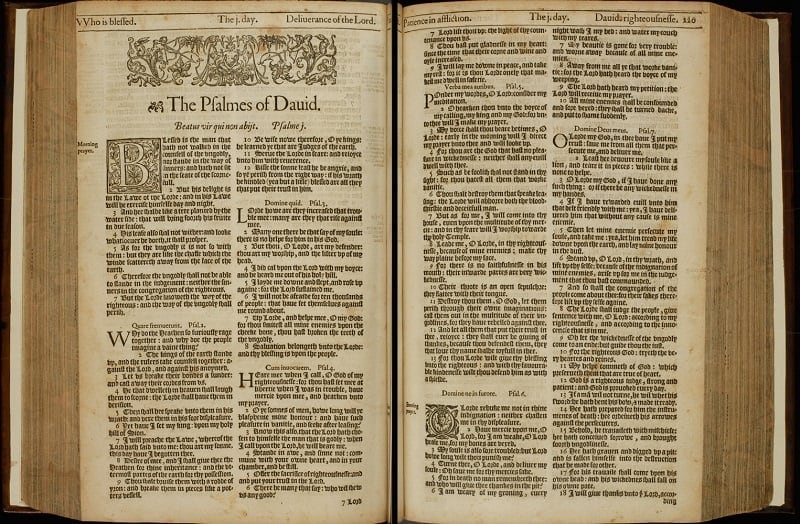
The Bishops’ Bible is an interesting choice to start with. Immediately before the reign of Elizabeth I of England, her half-sister, Queen Mary, known as “Bloody Mary,” banned the Bible from England. When Elizabeth I took the throne, she immediately reinstated it, and asked the Archbishop of Canterbury, Matthew Parker, to come up with a new version of the Book. The result of this is known as The Bishop’s Bible.
The Bishop’s Bible was translated by fewer than 10 bishops, and was based on three earlier versions of the Bible: one in Greek, one in Latin, and one in Hebrew. Unfortunately, the language is quite archaic, there are several blunders, and though it’s possible to find, it’s rarely re-printed, today.
9. The Geneva Bible
Publish Date: 1560
Language: English
Printer/Writer/Translator: William Tyndale and Myles Coverdale
Discovery or Publish Location: Geneva, Switzerland
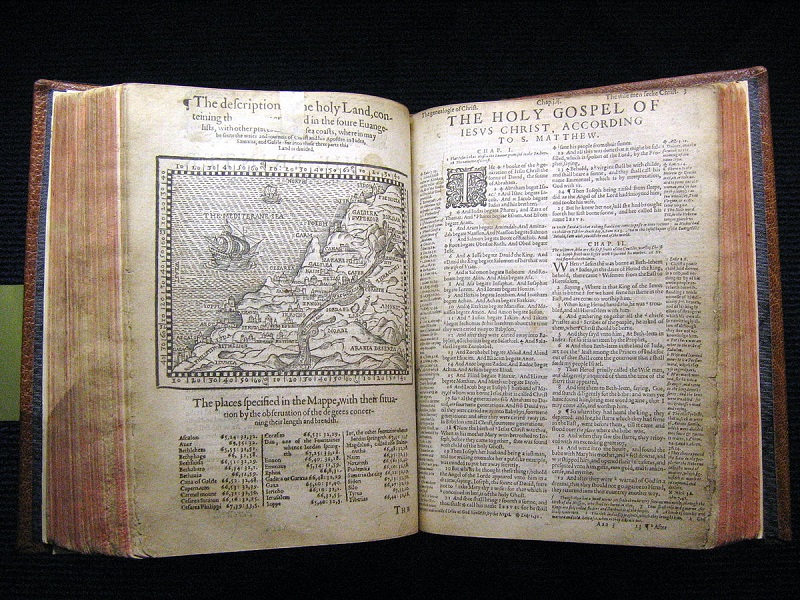
The Geneva Bible was created in 1560 in Geneva, Switzerland. However, it was an English Bible. During the reign of Queen Mary, many English theologians fled to other parts of Europe to continue their religious studies. It was due to this migration that the Geneva Bible came to be.
Mostly translated by William Tyndale, with help from Myles Coverdale, the Bible is one of the most significant in Christian history. It was the primary translation for many years, and it was even brought to America by the Pilgrims on the Mayflower. The Geneva Bible was also the first mechanically printed Bible to be mass produced, and was widely available to the general public. You can still find the Geneva Bible today.
Read about Oldest People in the Bible by Oldest.Org.
8. The Great Bible
Publish Date: 1539
Language: Modern English
Printer/Writer/Translator: Myles Coverdale
Discovery or Publish Location: England
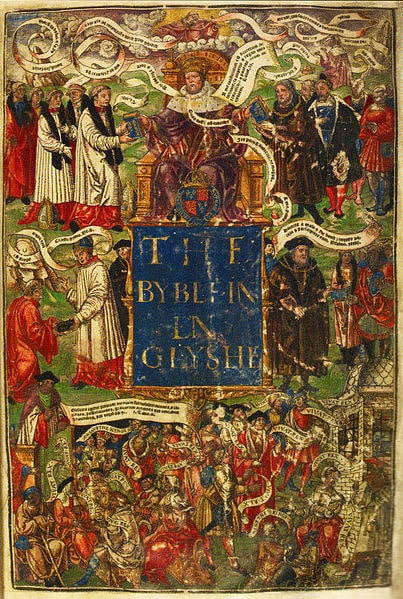
The Great Bible was commissioned by King Henry VIII of England. Every parish in the country was required by the King to buy a copy of this Bible from the Crown. There were six full editions of the Great Bible, and there were more than 9,000 copies made.
At the time, this was the only version of the Bible that was permitted to be read in English churches. Most of the Great Bible was based on the Tyndale Bible, which wasn’t so much a Bible at all. It was simply a collection Biblical texts written by William Tyndale. It was also the first Bible to have a colored title page.
7. The Coverdale Bible
Publish Date: 1535
Language: Modern English
Printer/Writer/Translator: Compiled by Myles Coverdale
Discovery or Publish Location: Zurich, Switzerland or Antwerp, Belgium
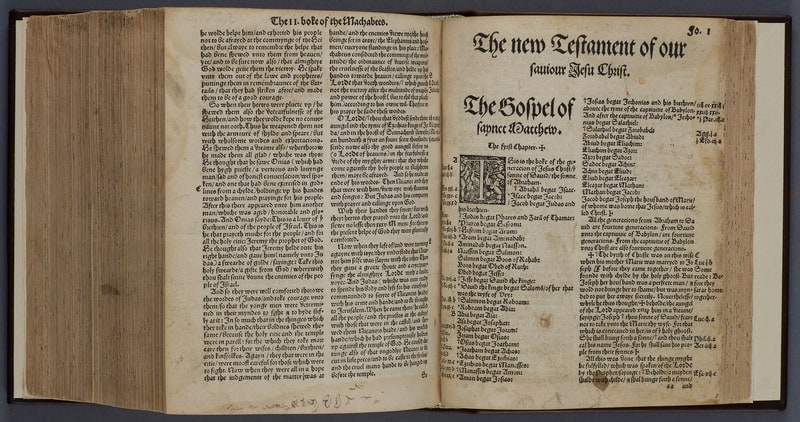
The Coverdale Bible was the first Bible to be a full Modern English translation of the full Bible, and it contained both the Old and the New Testaments. There were several editions of the Coverdale Bible, at least 20, and the final edition was published in 1553.
One of the most interesting things about the Coverdale Bible was the man who did most of the work in creating it. His name was Myles Coverdale, and he made a career out of Bible printing. In addition to this Bible, he also worked on other Bibles, including the Geneva Bible and the Great Bible.
6. The Leningrad Codex
Publish Date: 1008 AD
Language: Hebrew
Printer/Writer/Translator: Samuel ben Jacob, and Others
Discovery or Publish Location: Cairo, Egypt
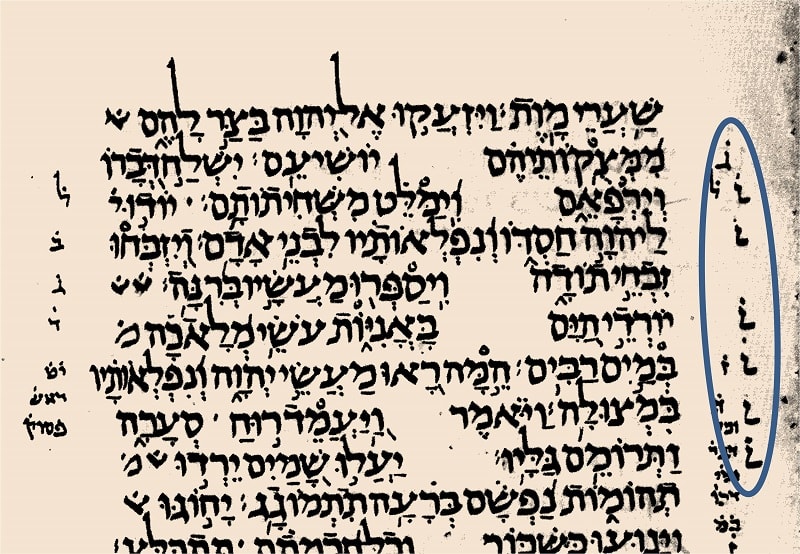
The Leningrad Codex is known for being the oldest complete Hebrew translation of the Bible. In addition to its historical and religious significance, the Leningrad Codex is one of the best examples of Jewish medieval art in existence. This manuscript also proves that the Old Testament of the Bible has barely changed in thousands of years.
One of the unusual things about the Leningrad Codex is that some of the books are out of order when compared to the traditional Bible. It is also remarkably in great shape, considering it is more than 1,000 years old. Today, the Leningrad Codex is at the National Library of Russia.
5. The Aleppo Codex
Publish Date: 930 AD
Language: Hebrew
Printer/Writer/Translator: Masoretes
Discovery or Publish Location: Tiberias, Israel
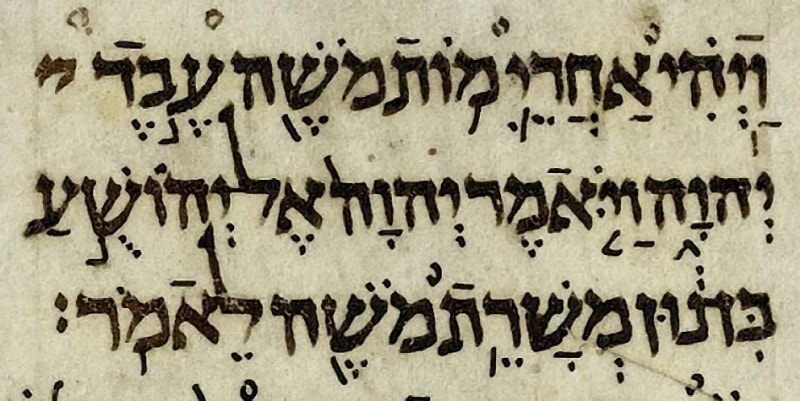
The Aleppo Codex is a full manuscript of the Bible. It was held and protected for more than 1,000 years in a number of Jewish communities in Egypt, Jerusalem, and Syria, which is where it gets its name. It was held in Syria until 1958, when it was smuggled out of the country and given to Izhak Ben-Zvi,the President of Israel.
In total, this manuscript is 294 pages, though there are many missing pages due to damage from a riot in 1947. Since, there have been a number of attempts to find the missing pages, though ultimately, no one knows what has happened to them. Today, the Aleppo Codex is housed at the Shrine of the Book at the Israel Museum.
4. Codex Ephraemi Rescriptus
Publish Date: 460 AD
Language: Greek
Printer/Writer/Translator: Unknown Scribes
Discovery or Publish Location: Unknown, but Possibly Egypt
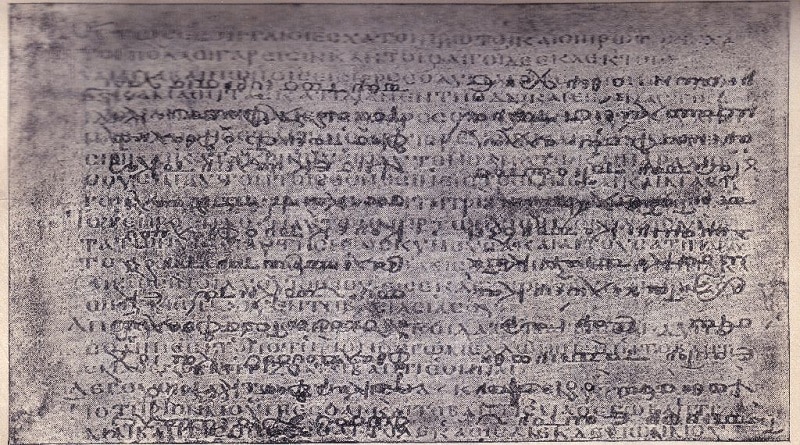
The Codex Ephraemi Rescriptus is another ancient Bible. Originally, it is believed that it was complete, but today, most of the Old Testament is missing, and only about 2/3 of the New Testament exists. Researchers believe that this text was written by two scribes, but their identities are not known.
Experts who have studied the Codex Ephraemi Rescriptus believe that those who wrote it were based on other manuscripts. The scribe switched from one manuscript to another as he wrote. Today, you can see the Codex Ephraemi Rescriptus in Paris. It is housed at the Bibliothèque nationale de France.
3. Codex Alexandrinus
Publish Date: 400 to 440 AD
Language: Greek
Printer/Writer/Translator: Unknown Scribes
Discovery or Publish Location: Alexandria , Egypt – Gifted to King Charles I of England in 1627
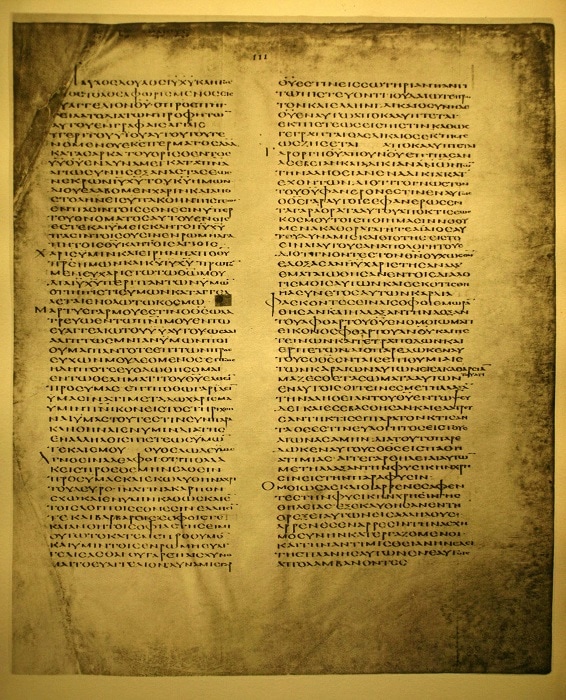
The Codex Alexandrinus is certainly one of the oldest Bibles in history. It is a total of 773 pages, and a full reproduction of the Bible is available on the website of the British Library. The pages are made of vellum, and it is hand-written. Because of the delicate nature of the Codex Alexandrinus, it is rarely touched.
According to some scholars, the Codex Alexandrinus could be one of the best in the world. It is regarded to be one of the most complete version of the New Testament. This is the New Testament version that most of our New Testaments are based on today.
2. Codex Sinaiticus (The Sinai Bible)
Publish Date: 330 – 360 AD
Language: Greek
Printer/Writer/Translator: Unknown Scribes
Discovery or Publish Location: Saint Catherine’s Monastery in the Sinai Peninsula
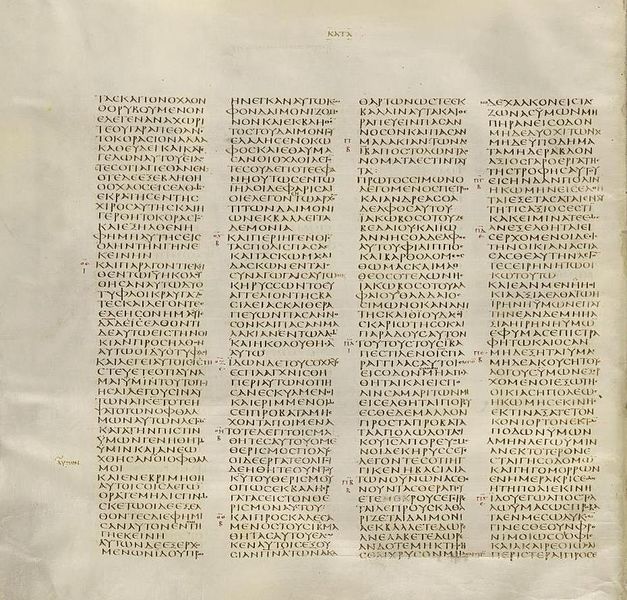
The Codex Sinaiticus was widely considered to be the oldest Bible in existence until the actual oldest Bible was scientifically dated. The manuscript was discovered in the 19th century, though it was incomplete. Other parts of the same manuscript were found in both the 20th and 21st centuries. Today, the majority of these parts are on display at the British Library, which is in London.
When you look at the Codex Sinaiticus as a whole, there are large parts of the Old Testament that are missing. However, it is widely accepted that originally, the full Old Testament was part of the codex. Approximately half of the Old Testament remains, and the full New Testament is part of the display.
1. Codex Vaticanus (The Latin Bible)
Publish Date: 300-305 AD
Language: Greek
Printer/Writer/Translator: Unknown Scribes
Discovery or Publish Location: Unknown, but possibly Rome, Alexandria, or Caesarea
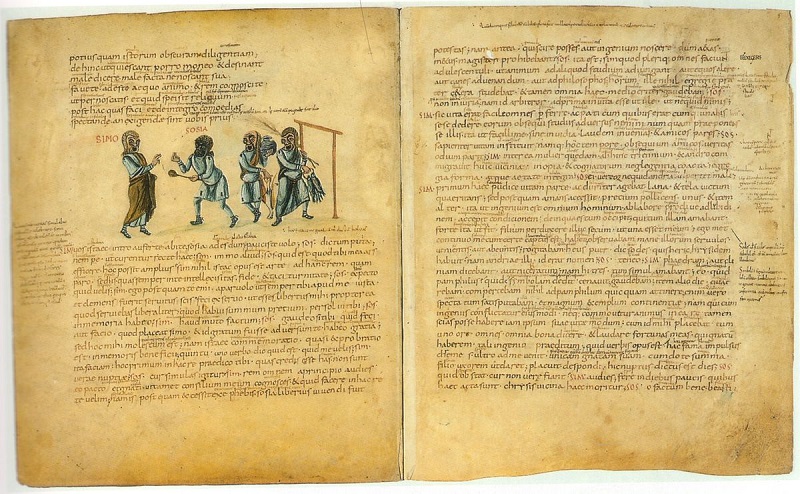
The Codex Vaticanus has been kept at the Vatican Library since around the 15th century, and it is the oldest known Bible in existence. The verses are printed on sheets of vellum, and it is believed that it was translated by at least three scribes.
Most scholars believe that the Codex Vaticanus is the most accurate Bible in existence, as it was written only a couple of hundred years after the death of Jesus. It is also considered to be one of the best translations of a Greek Bible. Though this isn’t a complete translation of the Bible, it is remarkably intact and mostly complete. It’s missing most of Genesis, Hebrews, and Revelations.
OTHER POSTS YOU MAY BE INTERESTED IN











